StudentIcon
The BrandLete
By Candace Goodman | The Good Blog
In less than five years, Name, Image, and Likeness—NIL—has transformed from a regulatory breakthrough to a cultural norm. Athletes as young as 15 are building businesses around their personal brands, leveraging visibility across platforms, and making decisions that once belonged exclusively to seasoned professionals.
This evolution hasn’t just changed athletics—it’s reframed how we prepare young people for life. With perspectives from economists, agents, athletes, parents, and educators, this article captures the full landscape of NIL as it stands today: established, fast-moving, and increasingly vital.
This is not a trend. This is infrastructure.
Who Gets Paid and Why Visibility Matters
NIL is not strictly tied to athletic performance. Instead, it rewards media fluency, audience engagement, and branding precision.
Take these examples:
- Arch Manning (Texas QB) are top earners with multi-million-dollar NIL portfolios built on national recognition and digital influence.
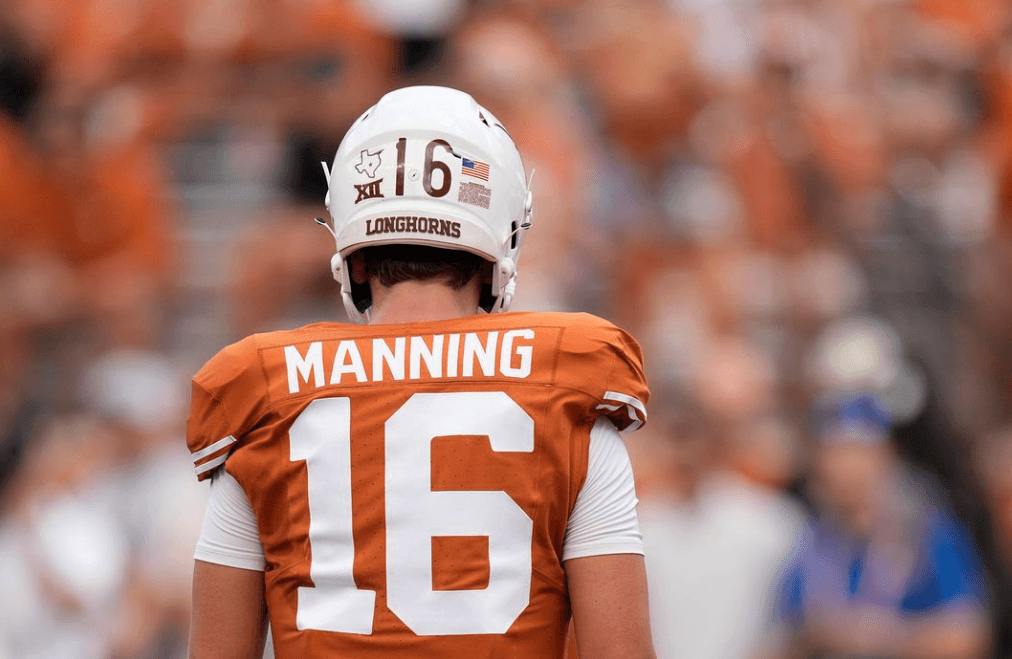
- Jazzy Davidson (USC) represent a mid-tier who’ve expanded their value through content creation and niche brand work.
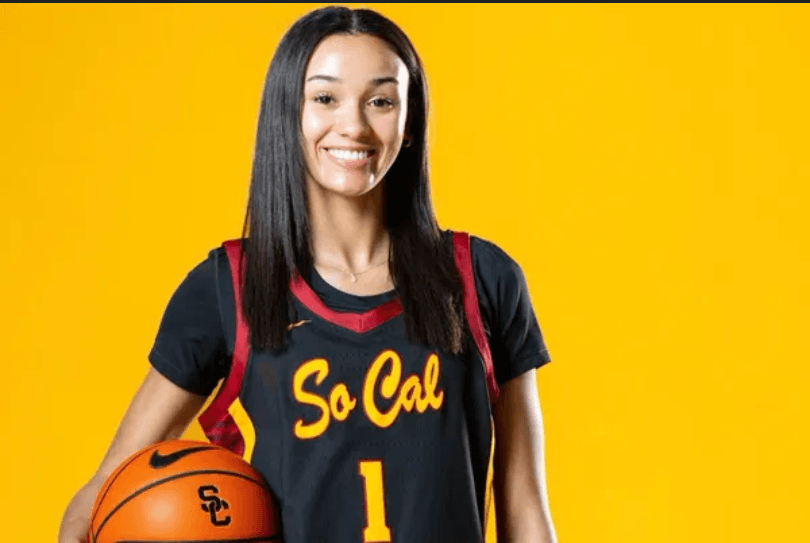
- Jada Williams (Arizona) built followings before college through authentic storytelling and consistent social engagement.
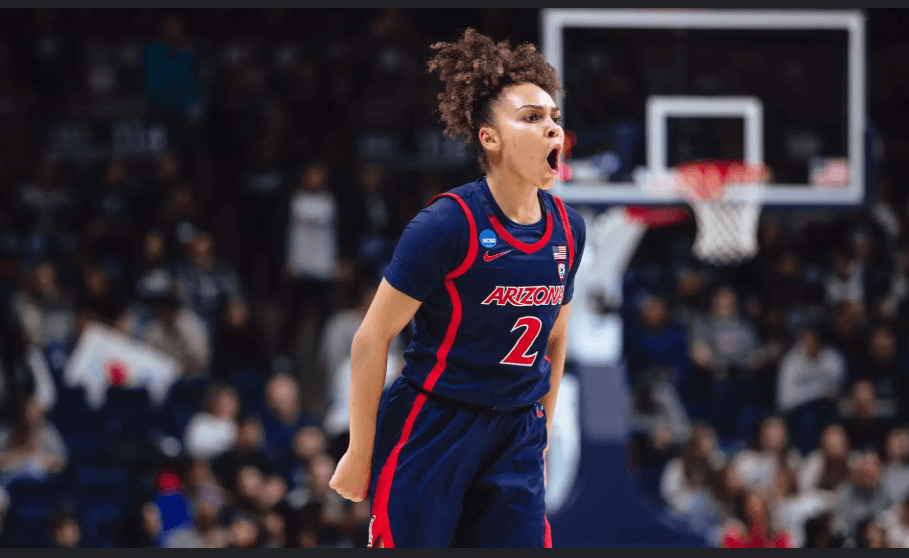
Visibility often means more than stats. Schools and states are responding accordingly.
Sierra Canyon (CA) offers NIL literacy at the high school level and has positioned itself as a national marketing hub for student-athletes. At the college level, the University of Nebraska’s NIL Lab blends business education with real-world deal structures.
To boost NIL visibility, athletes and coaches are adopting structured branding models. These include brand persona definition, targeted content strategies, platform diversification, and strategic use of collaboration networks.
State-by-State Disparities and the Geography of Opportunity
NIL laws are inconsistent across the U.S., resulting in drastically different outcomes for athletes based solely on geography.
According to policy researcher Reuben Grant, states with pro-business environments and strong donor ecosystems tend to perform best.
Top 3 states by average NIL income per athlete:
- Texas $15,124
- California $14,095
- Georgia $13,480
Bottom 3:
- South Dakota $1,200
- Vermont $1,350
- Rhode Island $1,425
California’s early legislation enabled high school NIL activity as a student rights issue. Georgia’s collective-based revenue model reflects a more centralized, school-driven NIL philosophy. New York took an education-first approach, integrating NIL literacy into public school curriculum.
These variations reflect broader ideological frameworks, not just sports economics.
Balancing Performance with Public Identity
Managing NIL effectively means learning to operate in two realities: as an athlete and as a media-facing brand.
Hansel Emmanuel, a standout basketball player at Austin Peay, created structured content days with his team to protect recovery and practice hours.
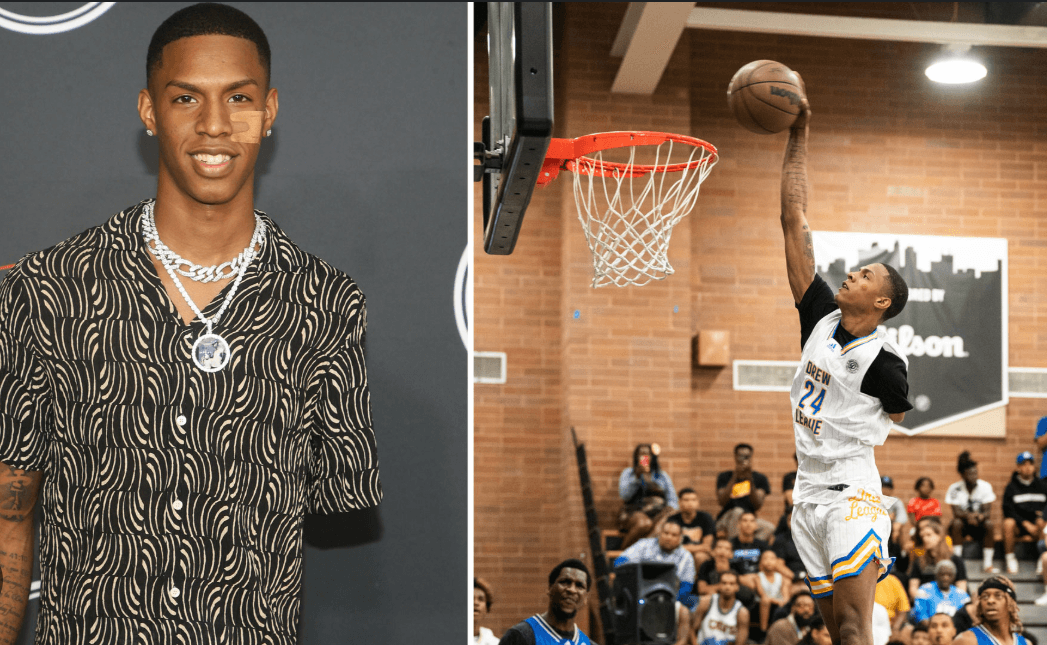
Sedona Prince, formerly of Oregon and now TCU, merged NIL activity with advocacy, using platforms like YouTube to narrate her athletic journey with transparency.
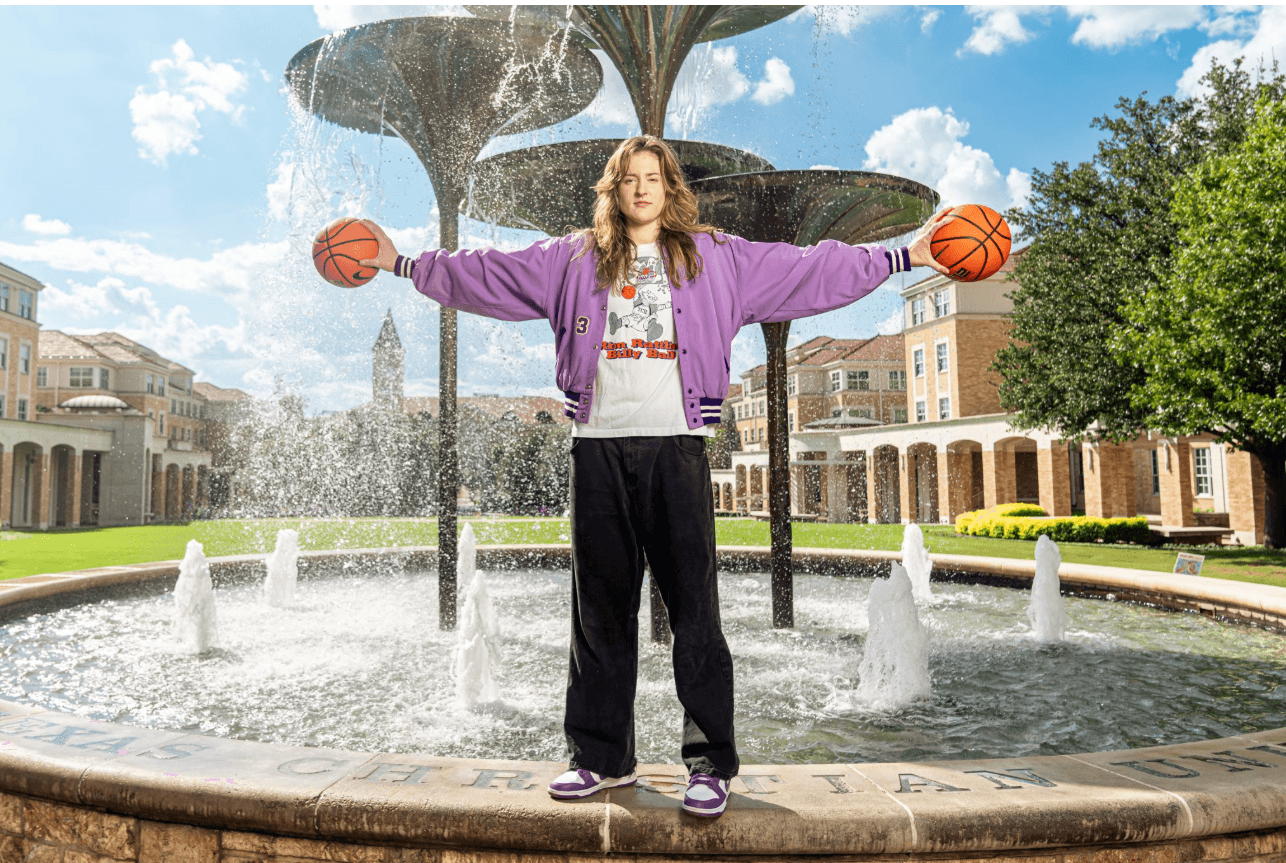
Mental conditioning specialists now treat NIL as a performance category. Athletes are trained in cognitive pacing—learning how to schedule visibility without compromising wellness or academics.
According to Dr. Monica Trevino, sports psychologist, “The most successful NIL athletes are not just hard workers. They’re systems thinkers. They operate with boundaries.”
Building Financial Intelligence Early
NIL earnings bring with them complex legal and financial responsibilities. Many institutions now require financial literacy training before athletes can accept deals.
What athletes learn:
- How to read and negotiate contracts
- Differences between flat fee, commission, and equity-based deals
- LLC creation, personal tax forecasting, and IRS compliance
- Budgeting and long-term wealth planning
Companies like OpenDorse and NIL360 simulate potential earnings based on hypothetical scenarios. Budgeting tools such as Stash for Athletes allow users to connect NIL earnings to automated tax and savings modules.
Jason Bell, a former NFL player turned advisor, says this training is shifting how athletes see their careers: “These are business owners in sneakers. They’re beginning to see themselves that way, and it changes their decisions.”
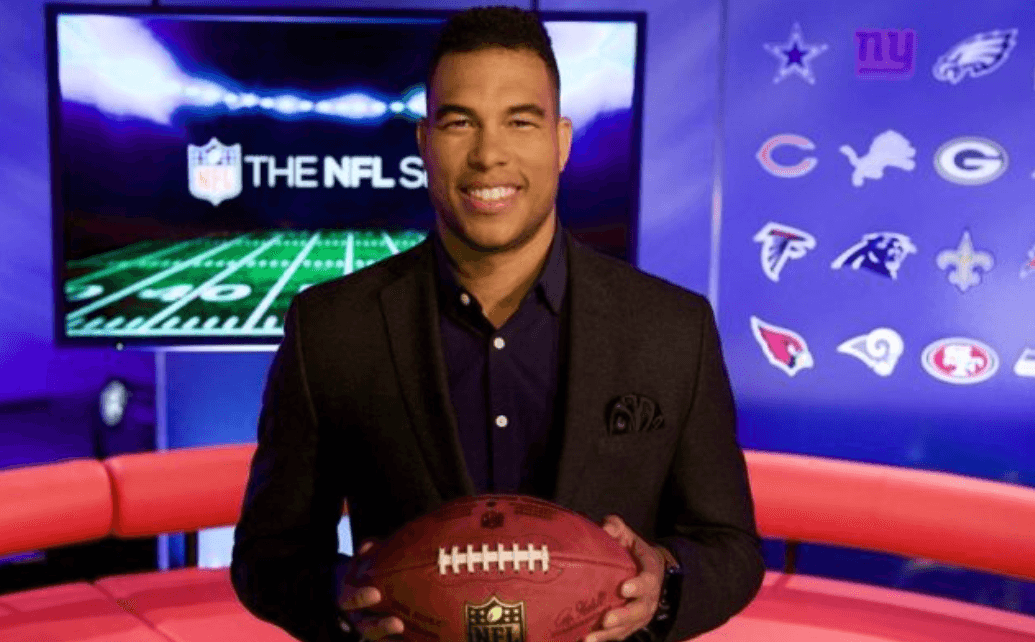
Artificial Intelligence and the New Metrics of Value
AI is playing a growing role in shaping NIL strategy, both in deal selection and reputation management.
When a Stanford soccer player was offered a sponsorship by a CBD company, her team used an AI tool to flag potential NCAA compliance issues. Declining the offer ultimately led to a larger brand partnership with Gatorade months later.
AI-powered public sentiment models are also being used. Sprinklr’s NIL AI tool helps athletes and agencies predict audience response before launching campaigns—monitoring tone, reach, and emotional keywords across platforms.
WME Sports, partnered with LEARFIELD, is emerging as the most sophisticated NIL agency in the U.S. They combine traditional representation with real-time analytics and have helped athletes across football, gymnastics, and softball secure long-term licensing and publishing deals.
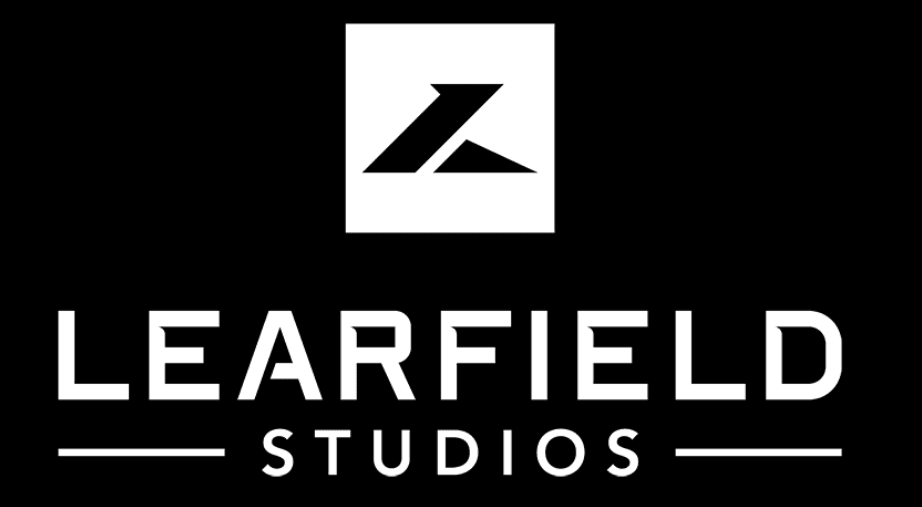
Women are Leading the NIL Playbook
Women athletes are outperforming expectations in nearly every metric tied to NIL influence.
They receive double the engagement rate of male athletes with similar followings.
Despite this, male athletes are still offered as much as 1.7x the compensation for identical campaigns.
Female athletes, however, lead in brand loyalty, message retention, and conversion.
Haley and Hanna Cavinder, Flau’jae Johnson, and Angel Reese have expanded NIL into adjacent spaces like fitness tech, music, and fashion.
Women-led agencies like Virago Sports, founded by former Nike and Beats executives, are capitalizing on the moment—offering a tailored, mentorship-driven approach to female brand building.
According to Dr. Yvonne Shaheed, a gender and sport sociologist, “What we’re seeing isn’t just equality—it’s innovation. Women athletes are redefining the category.”

Simulating the Future: The NIL Training Ground for the Next Generation
In the rapidly evolving NIL ecosystem, knowing the rules isn’t enough—you have to live them before the stakes get real. That’s the foundation behind The Goods Virtual World NIL Simulator: a fully immersive VR training experience that prepares student-athletes to navigate the modern marketplace of branding, influence, and personal development.
Unlike a traditional workshop or app, this is a decision-based, replayable journey where users experience the emotional, financial, and strategic layers of NIL from the inside out. Players don’t just learn what to do—they practice how to think.
What makes it revolutionary isn’t just the gameplay—it’s the three-tier athlete identity system built into the simulator:
BrandLete: Entry-level players focused on foundational growth—balancing social presence, schoolwork, and sponsorship basics. This tier emphasizes identity-building, content practice, and managing early deals.
StudenIcon: Intermediate players who’ve begun to master their voice and brand. At this level, users simulate real-life negotiations, media appearances, and multi-brand collaborations while maintaining academic and athletic performance. It’s where strategy begins to outweigh luck.
NILionaire: The elite tier. Players here have simulated sustained excellence—navigating high-stakes brand partnerships, creating product lines, making equity-based decisions, and even managing agents or teammates. This level focuses on long-term wealth, exit strategies, and brand legacy.
Each level is scored across four pillars:
- Financial Acumen (e.g., taxes, equity vs flat fee, long-term impact)
- Mental Wellness (burnout management, time balance, rest routines)
- Reputation (how the public reacts to choices via AI sentiment modeling)
- Opportunity Impact (Did your decisions open new doors—or close them?)
Players interact with AI mentors, including an avatar of investigative journalist Candace Goodman, who offers real-time insight based on user choices. Whether you’re deciding between two endorsement offers, responding to public backlash, or preparing for finals week with a deal pending, the simulator throws real-life challenges your way—just like the NIL world itself.
As Coach Ali Hampton, an early pilot program director, puts it:
“It’s not just a game. It’s a mirror. Athletes walk away understanding who they are and where they’re headed—even before they step on campus.”
Whether you're just starting as a BrandLete or aiming to become a NILionaire, The Goods Virtual World is where the next generation of student-athletes will be built—not just physically, but financially, mentally, and personally.
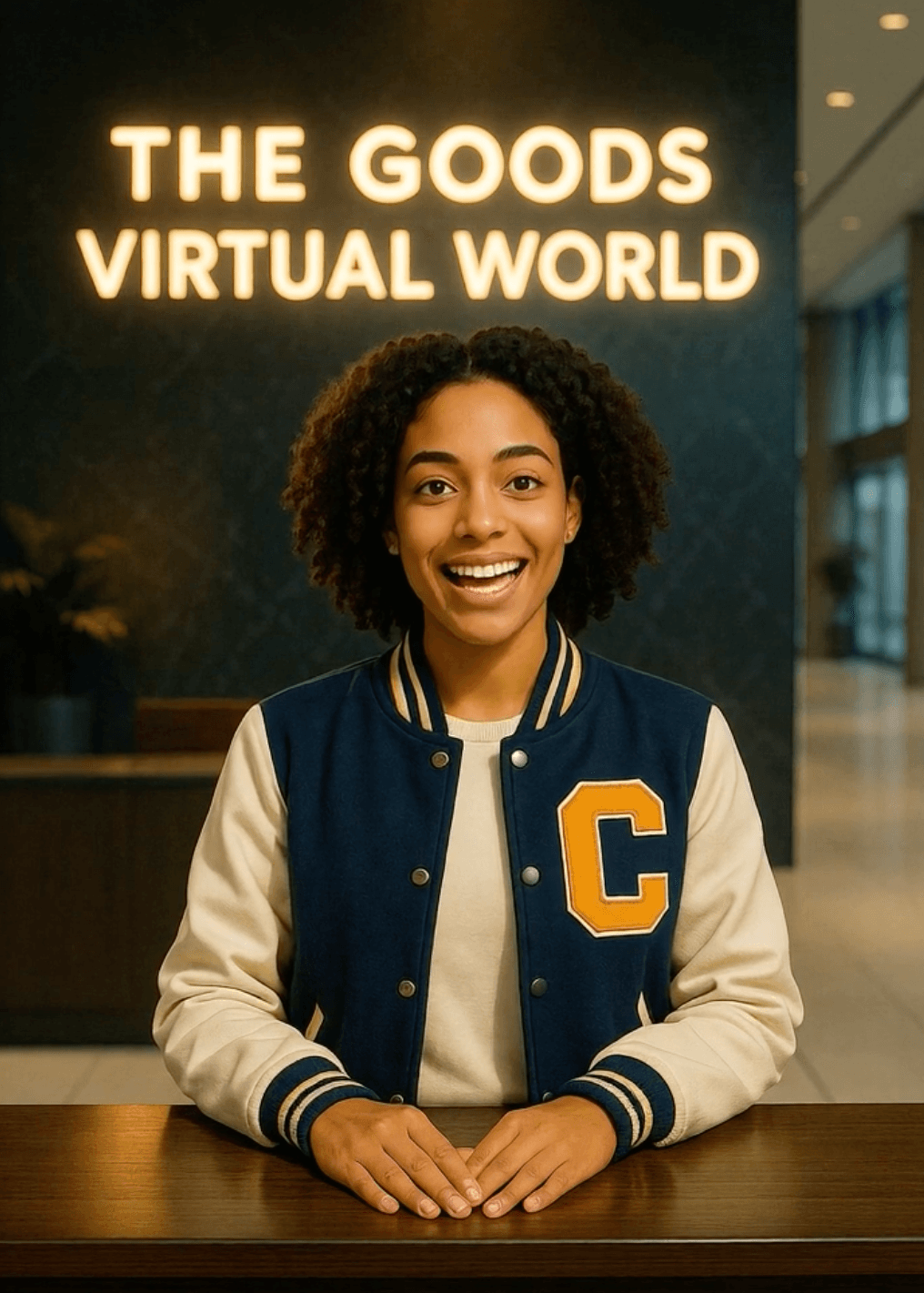
Final Goods
The NIL era is no longer an experiment. It’s a permanent fixture in the blueprint of modern athletics, merging identity, media, and business into the core development of athletes from middle school to college.
The most successful participants aren’t necessarily the most talented. They’re the most prepared.
And preparation today doesn’t just mean practice and playbooks. It means financial foresight. Digital fluency. Mental agility. Ethical understanding.
We are witnessing the rise of the athlete-entrepreneur: a generation that will influence not only sports but the next wave of creators, CEOs, and cultural leaders.
NIL isn’t replacing the game. It’s expanding it. And for those willing to embrace the full scope of it, the scoreboard is just the beginning.
